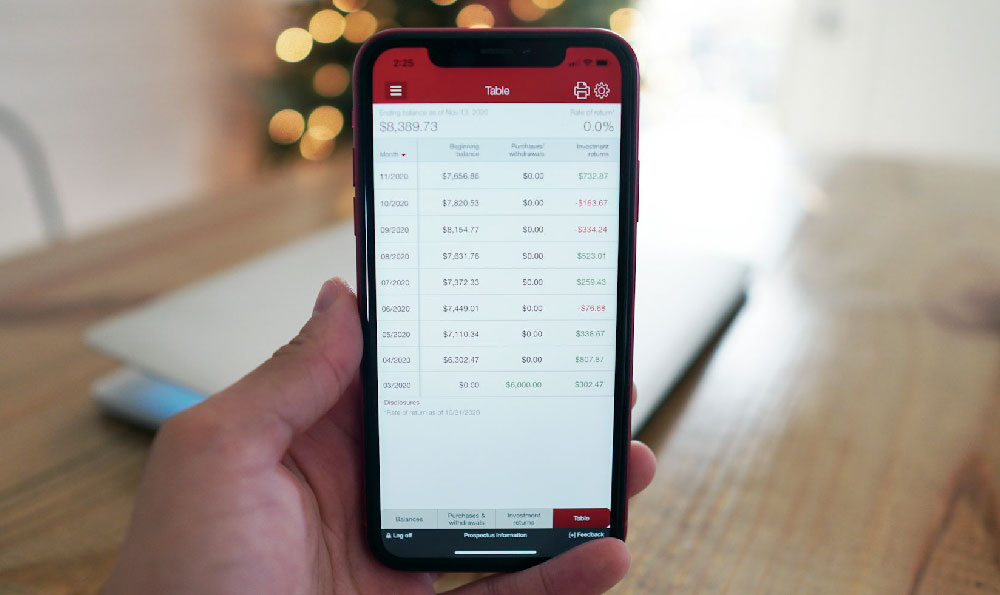Twitch, a live streaming platform primarily focused on video games, has become a significant avenue for individuals to earn a living. The monetization strategies employed by Twitch streamers are diverse and often intertwined, creating a multifaceted income stream. Understanding these income sources is crucial for aspiring streamers and viewers alike.
One of the most fundamental and direct ways streamers generate revenue is through subscriptions. Viewers can subscribe to a streamer's channel, providing a recurring monthly payment in exchange for perks like custom emotes, subscriber badges, and ad-free viewing. Twitch offers different subscription tiers, allowing viewers to support their favorite streamers at various levels. The revenue split between Twitch and the streamer varies, but the higher the subscription tier, generally the greater the share for the streamer. This provides a stable and predictable income source, fostering a direct connection between the streamer and their dedicated community.
Beyond subscriptions, donations play a significant role in many streamers' income. Viewers can voluntarily donate money through third-party platforms like PayPal or through Twitch's built-in cheering system, which uses "Bits" (virtual currency purchased on Twitch). Donations are often accompanied by a personalized message displayed on stream, further encouraging interaction and generosity. These contributions can be especially significant during special events, charity streams, or when a streamer is facing personal challenges. The spontaneity of donations can provide a substantial boost to a streamer's income, although it's less predictable than subscriptions.

Advertising also contributes to streamer earnings. Twitch displays advertisements before, during, and after streams. Streamers receive a share of the revenue generated from these advertisements. The amount earned from ads depends on factors like the number of viewers, the frequency of ad breaks, and the geographic location of the audience. While not the most lucrative income source for many streamers, advertising revenue can still contribute to their overall earnings. Many streamers carefully balance ad frequency to avoid disrupting the viewing experience and potentially alienating their audience.
Sponsorships and brand partnerships are another major income stream, particularly for larger and more established streamers. Companies pay streamers to promote their products or services on stream. These sponsorships can take various forms, including product placements, sponsored gameplay, or dedicated segments showcasing a brand. The value of a sponsorship depends on the streamer's reach, engagement, and the target audience of the brand. Building a strong personal brand and cultivating a loyal audience are crucial for attracting lucrative sponsorship opportunities.
Affiliate marketing offers another avenue for monetization. Streamers can promote products through affiliate links, earning a commission on any sales generated through those links. This is commonly used to promote gaming hardware, software, or merchandise. The effectiveness of affiliate marketing relies on the streamer's credibility and their ability to authentically recommend products to their audience. Transparency is key, as viewers are more likely to trust streamers who clearly disclose their affiliate relationships.
Selling merchandise is a popular way for streamers to monetize their brand and engage with their community. Streamers can create and sell custom merchandise, such as t-shirts, hoodies, mugs, and accessories, featuring their logo, brand name, or catchphrases. This not only generates revenue but also strengthens the streamer's brand identity and provides viewers with a tangible way to support their favorite streamer.
Twitch also offers opportunities for streamers to earn revenue through its "Bounty Board" program. This program connects streamers with brands who are looking to promote specific products or services. Streamers can complete tasks or "bounties" for these brands, such as playing a specific game or showcasing a product, in exchange for payment. This provides a structured way for streamers to engage with brands and earn revenue based on specific deliverables.
Finally, many successful streamers diversify their income streams by creating content on other platforms like YouTube. Re-uploading stream highlights, creating tutorial videos, or producing original content can attract a wider audience and generate revenue through YouTube's advertising program and channel memberships. Leveraging multiple platforms is a smart strategy for maximizing reach and building a sustainable career.
In conclusion, Twitch streamers employ a diverse range of monetization strategies to earn income, including subscriptions, donations, advertising, sponsorships, affiliate marketing, merchandise sales, the Bounty Board program, and cross-platform content creation. The relative importance of each income source varies depending on the streamer's size, audience, and content strategy. Successful streamers often cultivate multiple income streams to create a stable and sustainable career in the ever-evolving world of live streaming. Building a strong community, providing engaging content, and maintaining transparency with viewers are essential for long-term success on Twitch.












